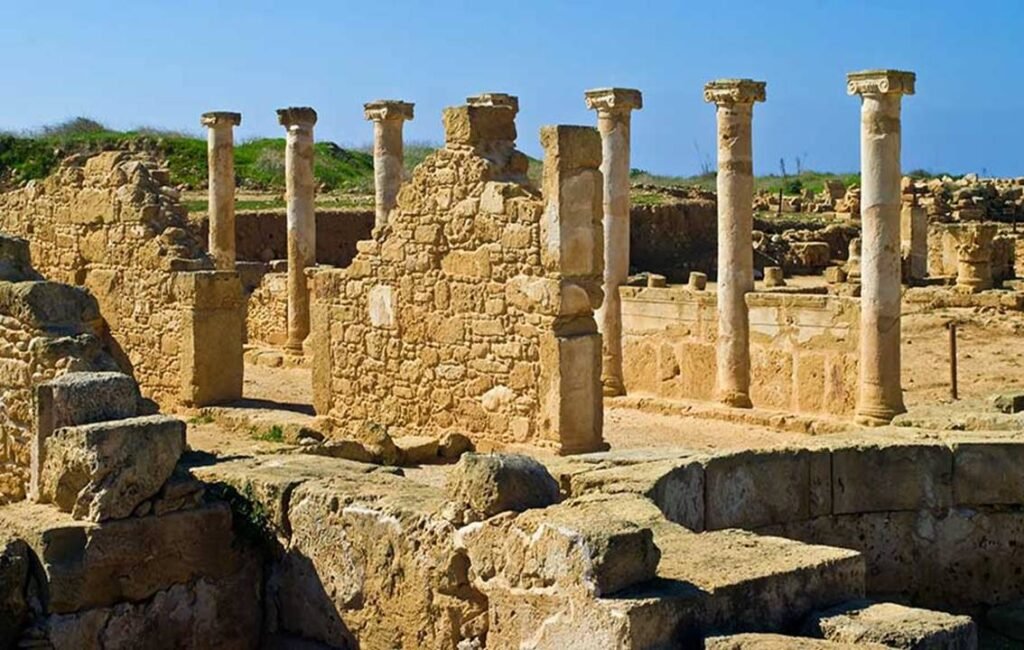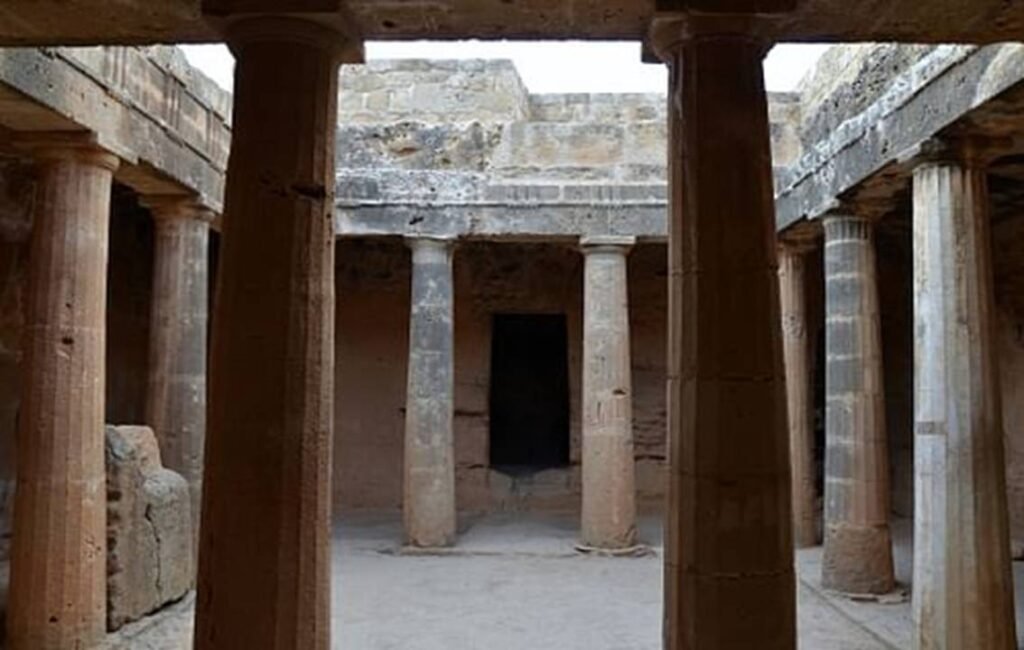HOW THINGS ONCE WERE

A REMARKABLE FEATURE OF THE ISLAND’S HISTORY
Several ancient city-state kingdoms once governed Cyprus. Evidence suggests that some were settled as early as the 15th century BC, but most came to prominence during the late Bronze Age. The prism of the Assyrian king Esarhaddon is a many-sided tablet. An inscription on it lists ten city-kingdoms in Cyprus that were Greek, Graeco-Phoenician or Graeco-Eteocypriot, in origin. Another three city-kingdoms would emerge later, continuing to form a remarkable feature of the island’s history. Their influence, in and around the Eastern Mediterranean, peaked from around 1200 BC to 300 BC and their dominance on the island lasted well into the Iron Age. Each one played a crucial role in the cultural and political landscape at the time and all of them relied on trade.
OUTSIDE INFLUENCES
Each city-kingdom had its own unique political structure, trade practices, and cultural identity. These kingdoms often interacted with various nearby civilizations. These included the Mycenaeans, Phoenicians, Assyrians, Egyptians, and Greeks. All of these cultures further influenced and enhanced the development and prosperity of each city-state separately. This interaction also contributed heavily to the development of a unique Cypriot culture, characterised by the blend of local traditions and several external influences.
POLITICAL STRUCTURES
Ruled by its own king, each city-kingdom had its own autonomy that included its own system of governance and laws. Although they were generally rivals, they often traded and sought political and military alliances with each other. Neighbouring foreign civilizations also sought to align themselves with each city-kingdom. All of this significantly shaped the future political landscape of the island.
ECONOMY
Trade was vital for each city-kingdom. Cyprus was rich in copper and other natural resources and the island’s strategic location made it a bustling centre of commerce. Several of the city-kingdoms not only traded with each other but created several trade networks with neighbouring civilizations. This created a strong economy for the island, which each city-kingdom took full advantage of.
A DECLINE IN INFLUENCE
The power of the city-kingdoms began to wane with the rise of huge expansive empires in other parts of the Eastern Mediterranean. These included the Assyrians, Persians, and later the Hellenistic kingdoms following Alexander the Great’s conquests. Despite their decline, the cultural and archaeological legacy of the city-kingdoms remains relevant in Cyprus today.
INVALUABLE INSIGHTS
All of the city-kingdoms have contributed significantly to the understanding of ancient Mediterranean civilizations through their ruins. Preserved as important archaeological sites their ruins today provide invaluable insights into the life, art, and architecture of ancient Cyprus.
THE ANCIENT KINGDOM OF MARION
This city-kingdom was located on the northwestern coast of the island in the Akamas region. Greek miners from originally founded it in the 7th century BC so that they could take advantage of the nearby copper and gold mines. Its harbour later served as an important trading port for both metal and timber. Today’s Latchi harbour is built on the foundations of the ancient port. In 450 BC, the Athenian general Kimon, whilst pursuing Persians following the Battle of Salamis, conquered its city in an attempt to re establish Athenian supremacy in the Eastern Mediterranean. Its city would eventually be destroyed in 312 BC by Ptolemy I and was then later replaced by the nearby city of Arsinoe.
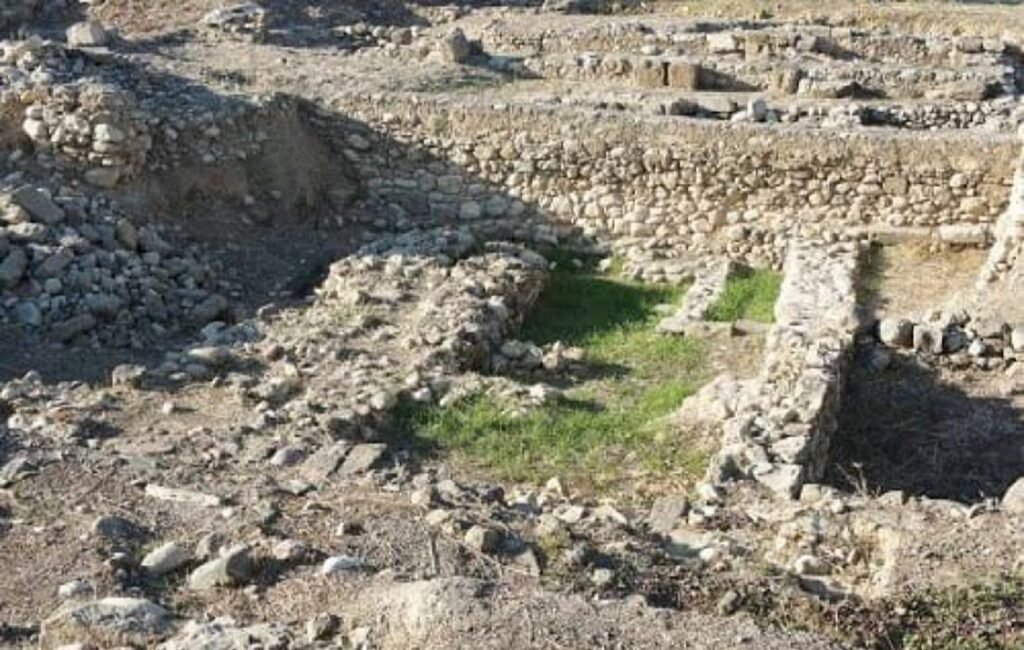
THE ANCIENT KINGDOM OF LAPETHOS
This city-kingdom was located near the northern coast of the island. Spartan Greeks founded it in the 12th century BC, after recognising its strategic importance. Later, Persians and then Phoenicians briefly ruled it before it became a thriving port during Roman and then Byzantine eras. Known for its production of several manufactured goods, artefacts recovered from its ruins include examples of intricate metal ware and pottery.

THE ANCIENT KINGDOM OF TAMASSOS
This city-kingdom was located southwest of Nicosia, on the left bank of the river Pediaios. The larger part of its ancient city lies under the villages of Politiko, Pera and Episkopio. It was founded around the 8th century BC in an area that was already inhabited from the Late Bronze Age.
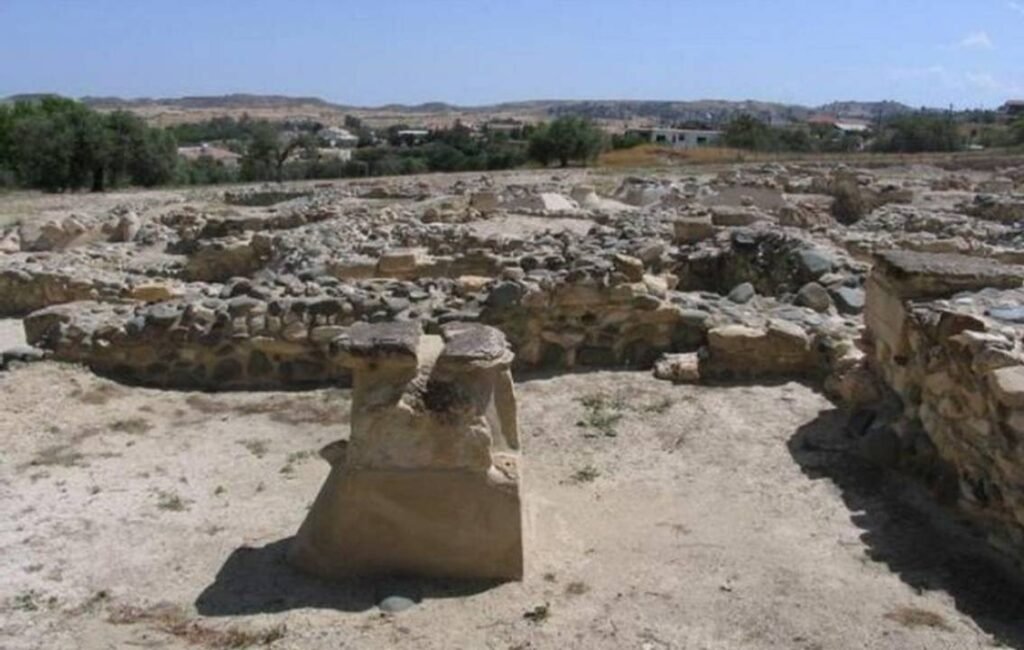
THE ANCIENT KINGDOM OF LEDROI
This city-kingdom was located on the central plains of the island and forms part of the City of Nicosia. First settled at around 330 BC, it was at times subject to Assyrian rule. At around 280 BC, it was renamed Leukotheon in tribute to the son of the Greek Egyptian king Ptolemy.
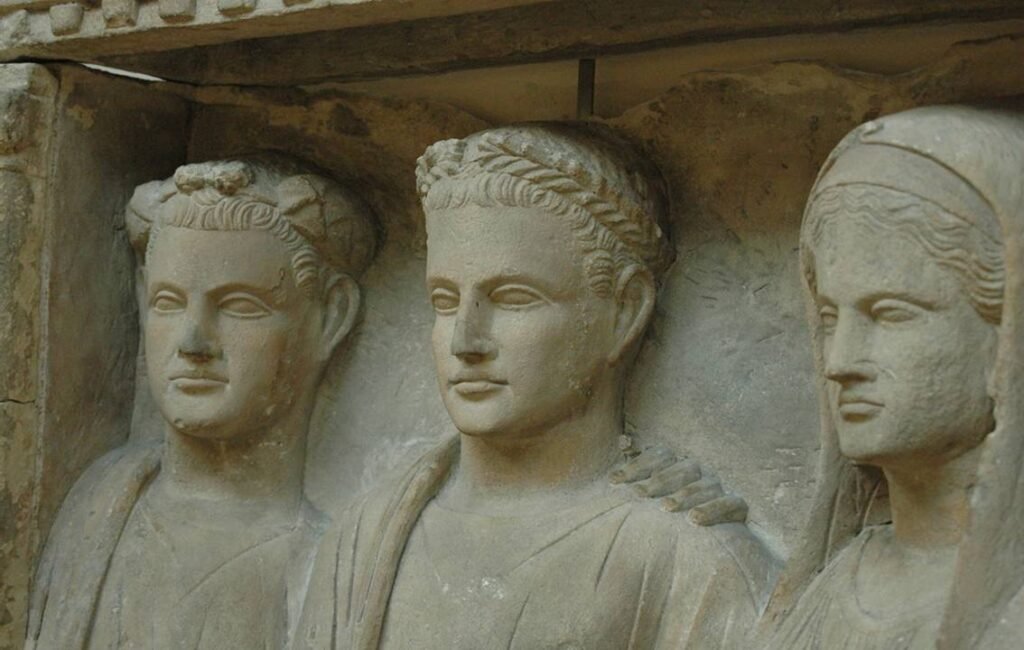
THE ANCIENT KINGDOM OF KOURION
This city-kingdom was Located near the south coast, west of Limassol. Kourion was significant as a cultural centre. It is one of the most stunning archaeological sites on the island featuring one of the most prominent Greco-Roman amphitheatres. The ruins also feature villas with extravagant mosaic floors and an early Christian Basilica. The Kourion amphitheatre was built in the 2nd century BC, and is still used for theatre and music performances today.
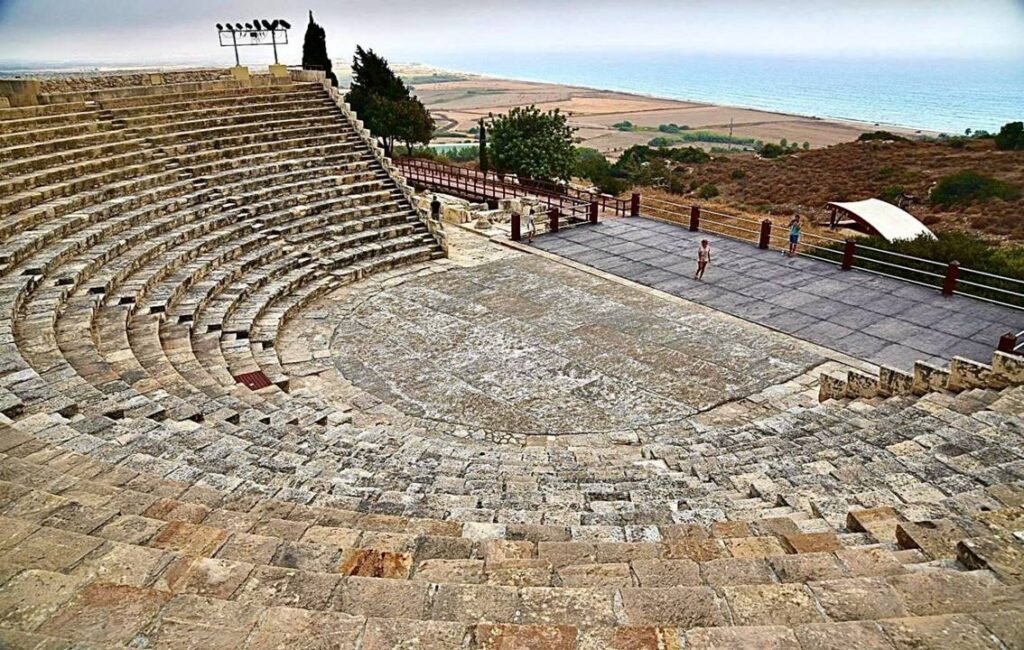
THE ANCIENT KINGDOM OF AMATHUS
This city-kingdom was located on the south coast of the island, just east of Limassol. It was one of the biggest ancient kingdoms on the island and its name derives from Amathusa, the mother of King Kinyras of Paphos. Renowned for its agricultural wealth and trade network, it also had multiple centres of worship for several deities, including one of the sons of Heracles who was said to have lived there. The forces of Richard the Lionheart destroyed its city after the inhabitants declared open rebellion against his rule on the island. Its ruins include some well-preserved temples.
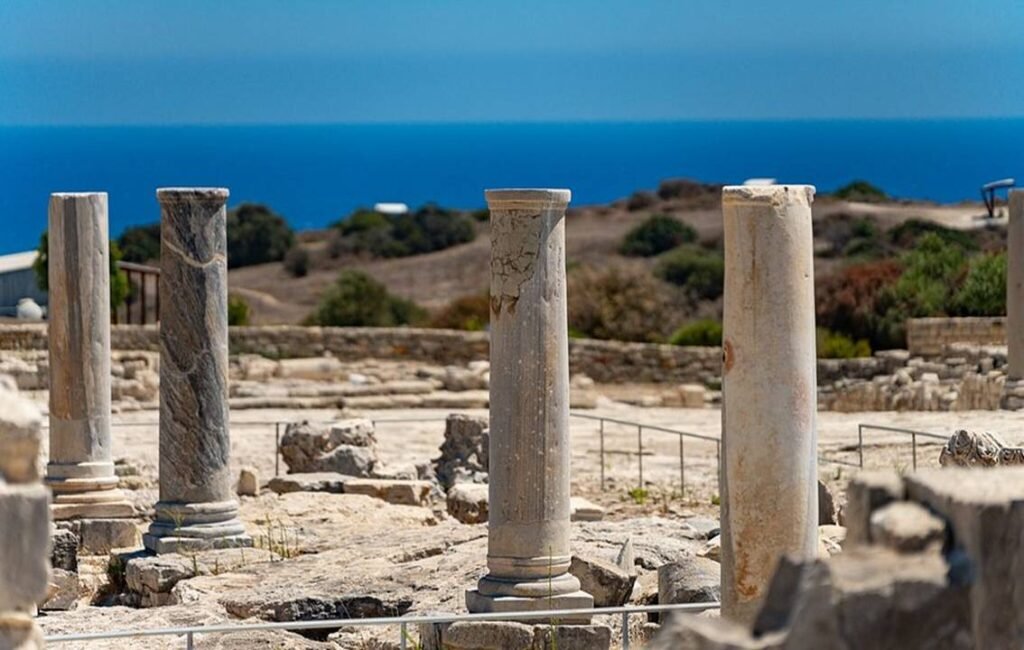
THE ANCIENT KINGDOM OF IDALION
This city-kingdom was located centrally on the island, close to today’s Nicosia. Founded by Chalcanor, it became known as a centre for the crafts and produced several manufactured goods. These featured early metal ware and pottery. Its ruins have uncovered several artefacts, including examples of pottery with intricate inscriptions.
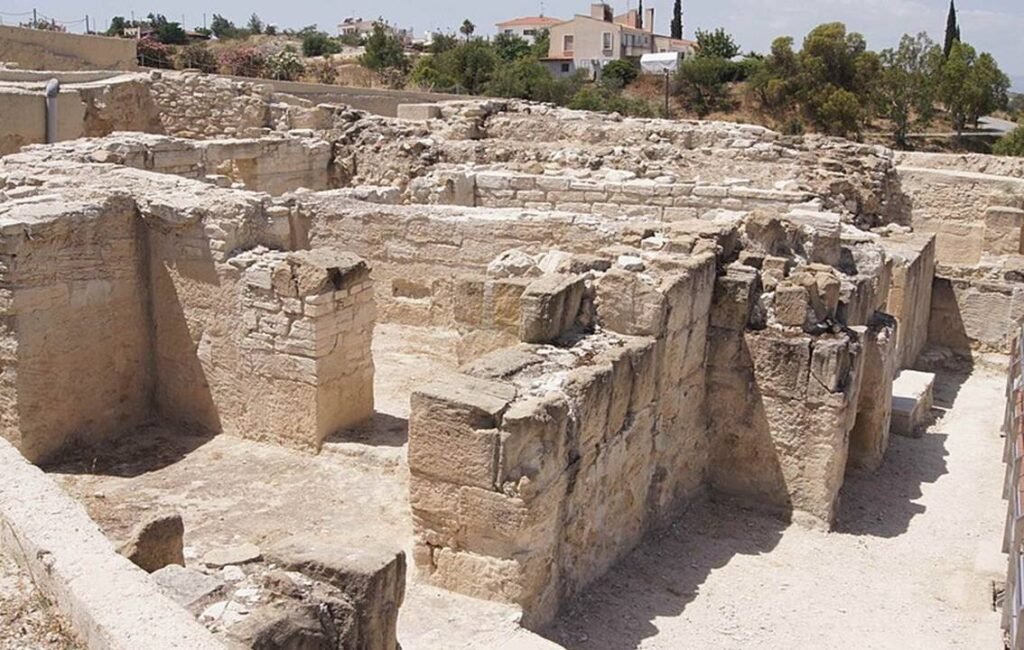
THE ANCIENT KINGDOM OF KITION
This city-kingdom was located on the southeast coast of the island where the city of Larnaca stands today. It remained influential due to its strategic port and overseas trade connections. Originally settled by the Phoenicians, it became one of most prosperous city-kingdoms on the island. It was also the birthplace of the Stoic philosopher Zeno and later it would become a notable centre for philosophy. Its ruins feature a temple, dedicated to the goddess Astarte.
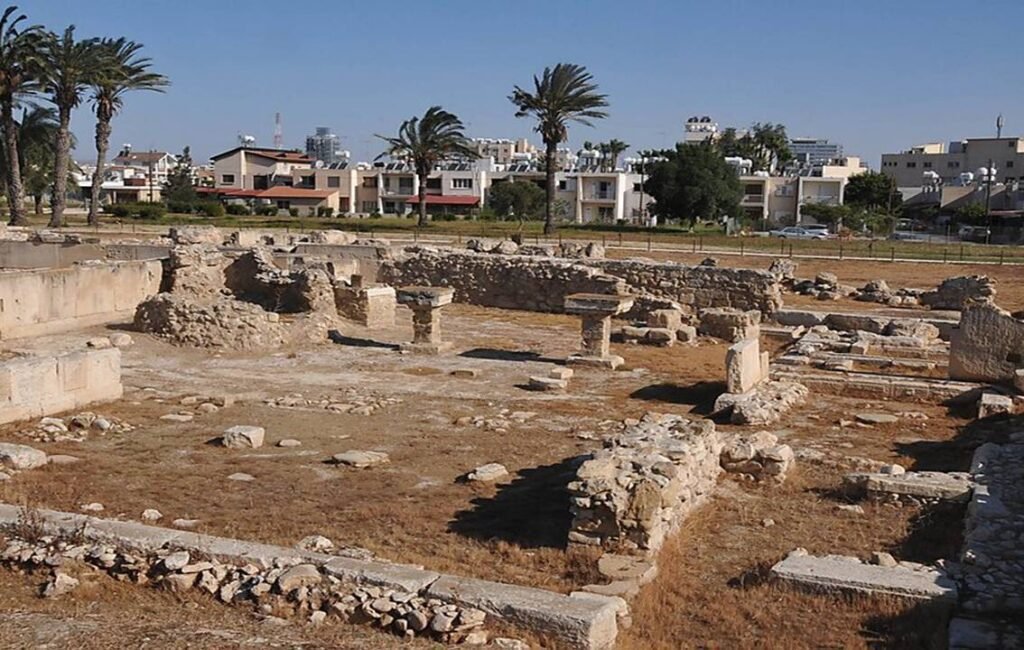
THE ANCIENT KINGDOM OF CHYTROI
This city-kingdom was located in centre of the island, in the valley of Kythrea near Nicosia. It was the first city in Cyprus that fully embraced Christianity. Saracens destroyed its city and then burned it to the ground in 806.
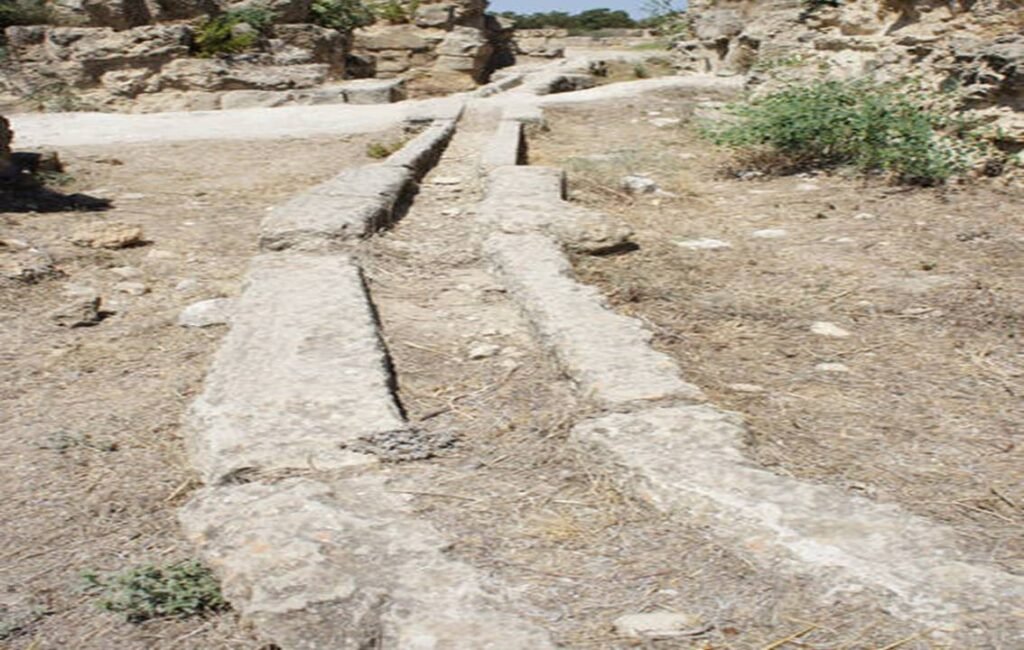
THE ANCIENT KINGDOM OF SOLOI
This city-kingdom was located on the northwest of the island on the coast of the gulf of the Morphou region. It dates back to about the 6th century BC. The city-kingdom’s name is commonly attributed to Solon who designed its urban centre. What remains today is mainly from the Roman period, most notably the mosaic floor of the basilica with its wealth of birds, animals and geometric designs.
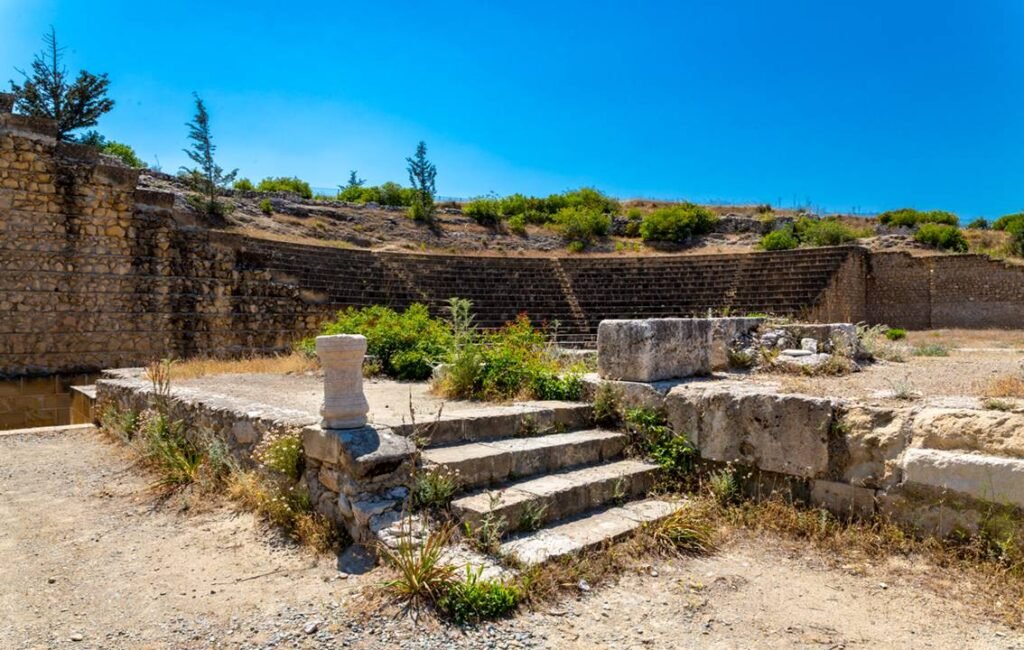
THE ANCIENT KINGDOM OF SALAMIS
This city-kingdom was located on the east coast of the island at the mouth of river Pedieos. During the Trojan War, Tuecer, son of Telamon failed to avenge his brother Ajax. Disgraced, he landed in Cyprus and founded the kingdom of Salamis. It became one of the most significant city-kingdoms becoming both a cultural and economic hub on the island. Its ruins include a theatre, gymnasium, and various temples, emphasising its importance at the time.
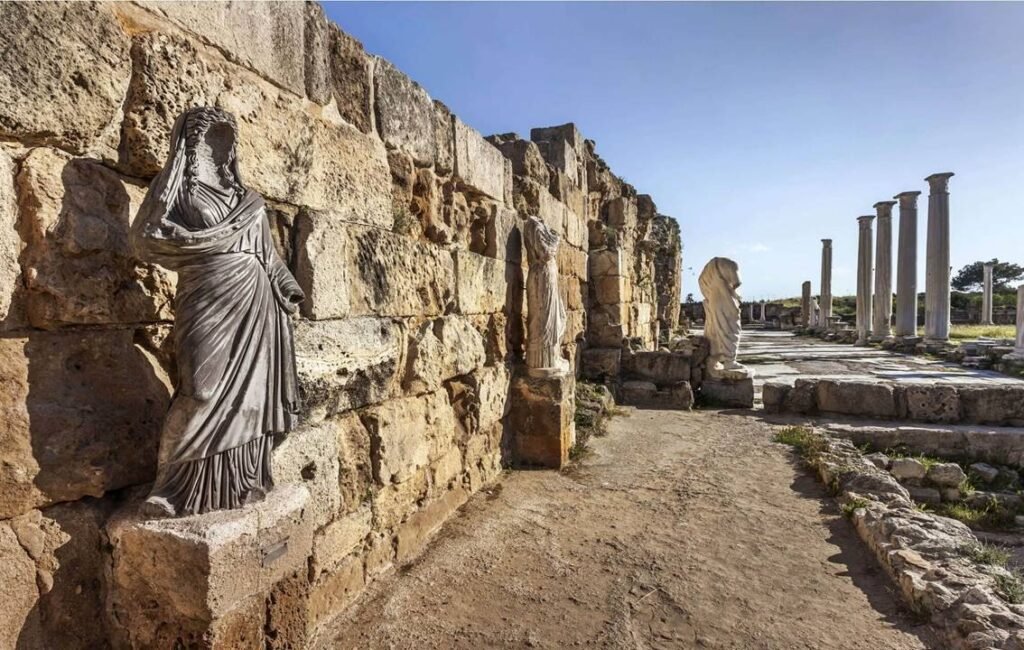
THE ANCIENT KINGDOM OF PAPHOS
This city-kingdom was located in the southwest of the island. Paphos was an important kingdom known for its religious significance. This city-kingdom had an impressive cultural heritage. Its worship of Aphrodite, the goddess of love, played a crucial role in the lives of its inhabitants. Its ruins include some well-preserved Roman mosaics.
